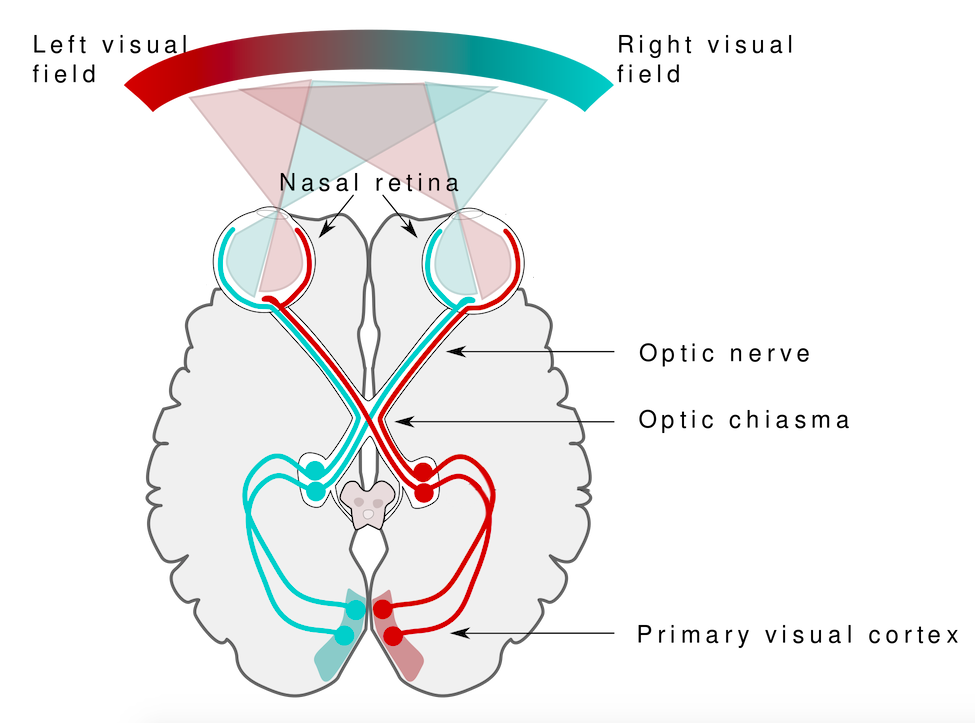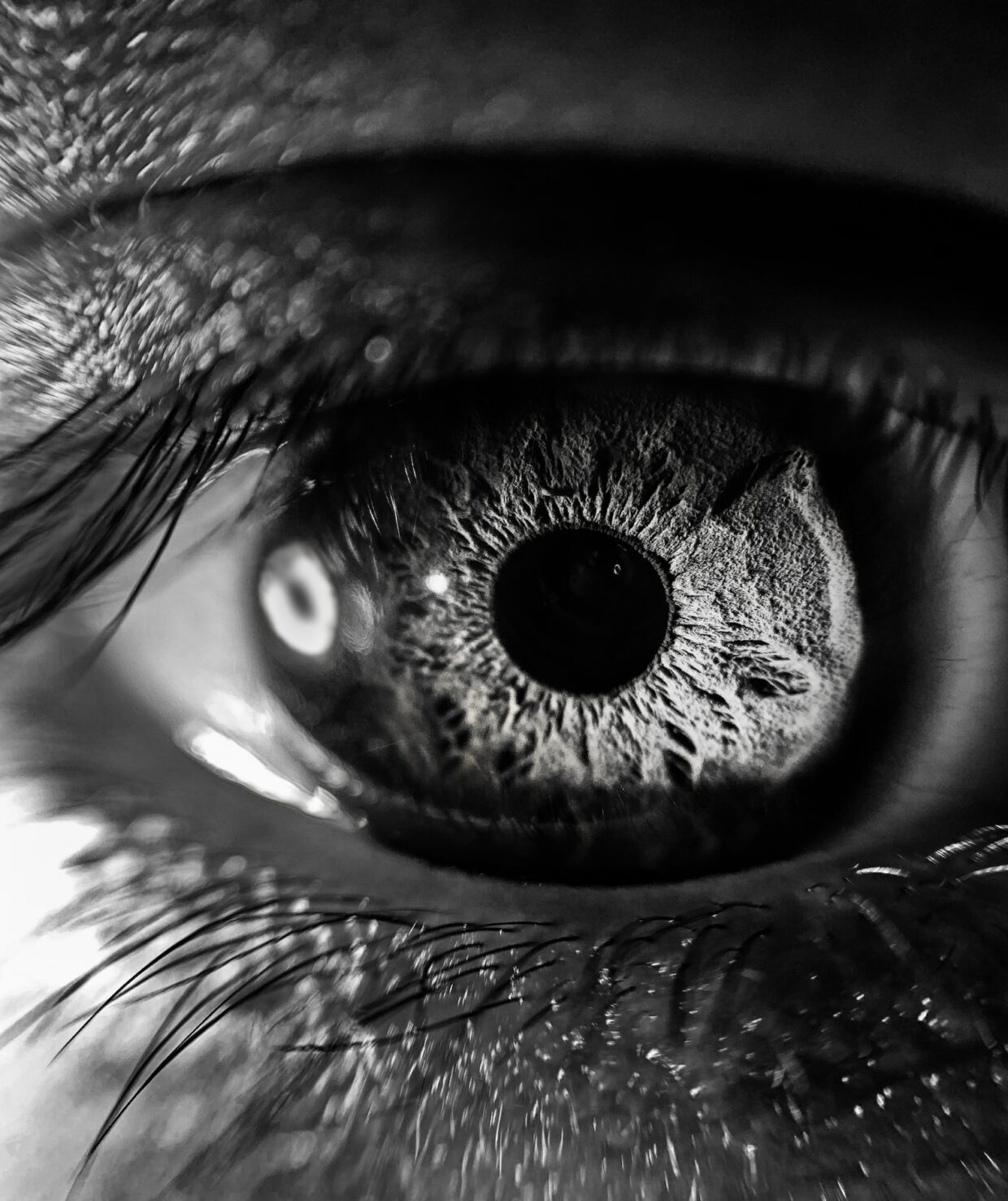We tend to consider blindness like wearing a blindfold, but the latest discovery that I’ve made in my inquiry project begs to differ. This phenomenon suggests that people who have lost their sight can still see! It’s called blind sight, and it’s a psychological phenomenon that occurs to some people who have lost their vision, but find that they are still able to react to visual stimuli. Blind sight generally occurs to people who are “cortically blind”, which means they have become blind by suffering a brain injury in the occipital cortex (the part of the brain where visual information is percieved). Though, such subjects only experience blind sight when the underlying brain system that controls eye movement goes undamaged. The phenomenon allows those who are cortically blind to navigate through obstacles or guide hand movements towards an object even though their blindness does not allow them to see what is in front of them. In other words, visual information, picked up by their eyes, allows them to see objects that they are unconcious of.

How does this happen?
The image above shows the anatomical signal pathway that sight travels, from the eyes to the brain. Light from the visual field enters the eye, where it is translated to electrical signals by the retina. The signals are then transported to the brain via the optic nerve. The first stop inside the brain for these signals is the lateral geniculate nucleus (LGN) located in the midbrain. In the LGN, the signals undergo some processing before they are redirected to the primary visual cortex in the occipital lobe. This diagram helps explain how blind sight could occur in people whose occipital lobe have been damaged. The sight signals get processed in two seperate parts of the brain, allowing some information to be collected before it is translated into an image.
What does it look like?
Blind sight allows some blind people to do things that we believe only sighted people can do. For example, one of my friends, a blind woman named Michelle who experiences blind sight, can navigate an obstacle course without any help. Like the man in the video above, she notices when an object is in her way, moves around it, and can even duck under objects above her. She will reach out her hand to meet yours and even look you straight in the eyes. Even though Michelle is blind, this phenomenon often leads people to be confused and believe that she can see. Michelle believes that her blind sight is a trait that can be practiced, and that she has had success in noticing the differences between shapes, moving objects, color differences, and brightness changes.
To learn more about this psychological phemenon, click here
featured image: Nathan DeFiesta on Unsplash
